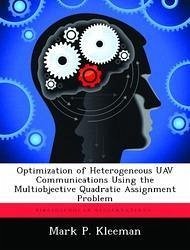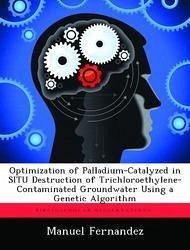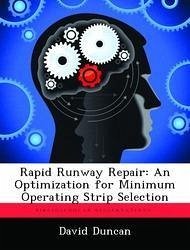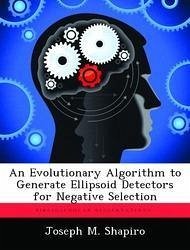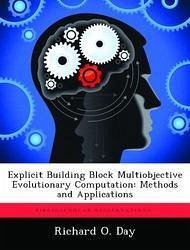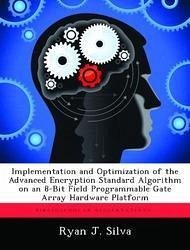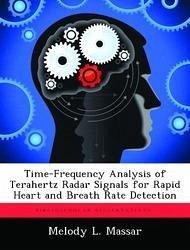Nicht lieferbar
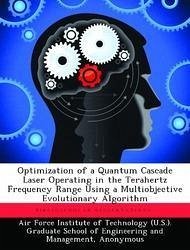
Optimization of a Quantum Cascade Laser Operating in the Terahertz Frequency Range Using a Multiobjective Evolutionary Algorithm
Versandkostenfrei!
Nicht lieferbar
A quantum cascade (QC) laser is a specific type of semiconductor laser that operates through principles of quantum mechanics. In less than a decade QC lasers are already able to outperform previously designed double heterostructure semiconductor lasers. Because there is a genuine lack of compact and coherent devices which can operate in the far-infrared region the motivation exists for designing a terahertz QC laser. A device operating at this frequency is expected to be more efficient and cost effective than currently existing devices. It has potential applications in the fields of spectrosco...
A quantum cascade (QC) laser is a specific type of semiconductor laser that operates through principles of quantum mechanics. In less than a decade QC lasers are already able to outperform previously designed double heterostructure semiconductor lasers. Because there is a genuine lack of compact and coherent devices which can operate in the far-infrared region the motivation exists for designing a terahertz QC laser. A device operating at this frequency is expected to be more efficient and cost effective than currently existing devices. It has potential applications in the fields of spectroscopy, astronomy, medicine and free-space communication as well as applications to near-space radar and chemical/biological detection. The overarching goal of this research was to find QC laser parameter combinations which can be used to fabricate viable structures. To ensure operation in the THz region the device must conform to the extremely small energy level spacing range from 1015 meV. The time and expense of the design and production process is prohibitive, so an alternative to fabrication was necessary. To accomplish this goal a model of a QC laser, developed at Worchester Polytechnic Institute with sponsorship from the Air Force Research Laboratory Sensors Directorate, and the General Multiobjective Parallel Genetic Algorithm (GenMOP), developed at the Air Force Institute of Technology, were integrated to form a computer simulation which stochastically searches for feasible solutions. GenMOP is a pareto-based algorithm that utilizes real values for crossover and mutation operators. Additionally, the algorithm employs fitness sharing through a niche radius. The individual chromosomes are encoded with real-values denoting the temperature, bias, current density, layer thickness and donor density of a particular laser. Auxiliary genes are associated with the individual chromosomes to define fitness values and pareto ranking. The GA investigates 17 distinct frequencie ranging





